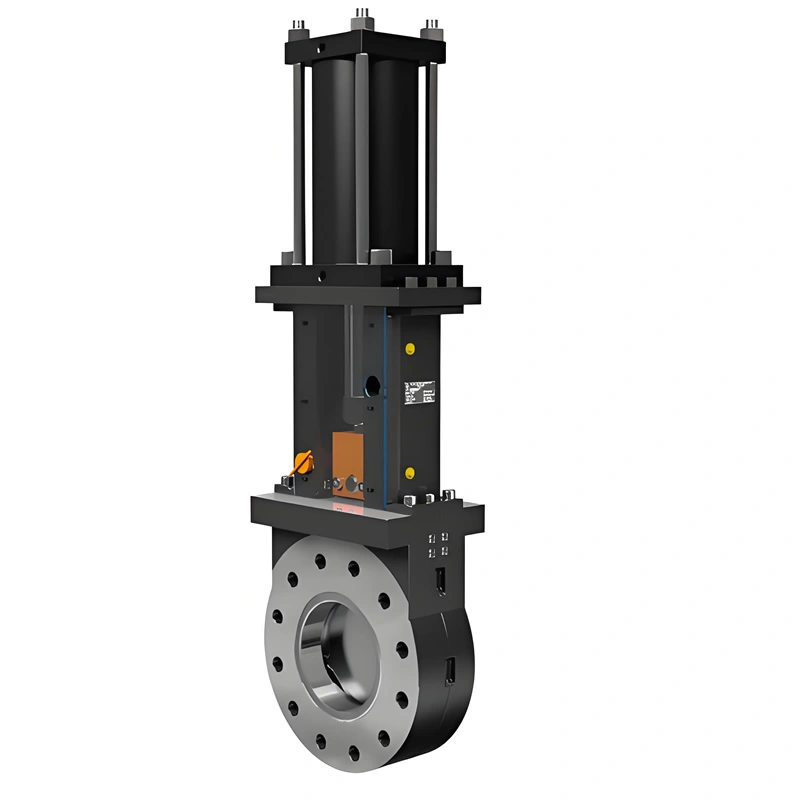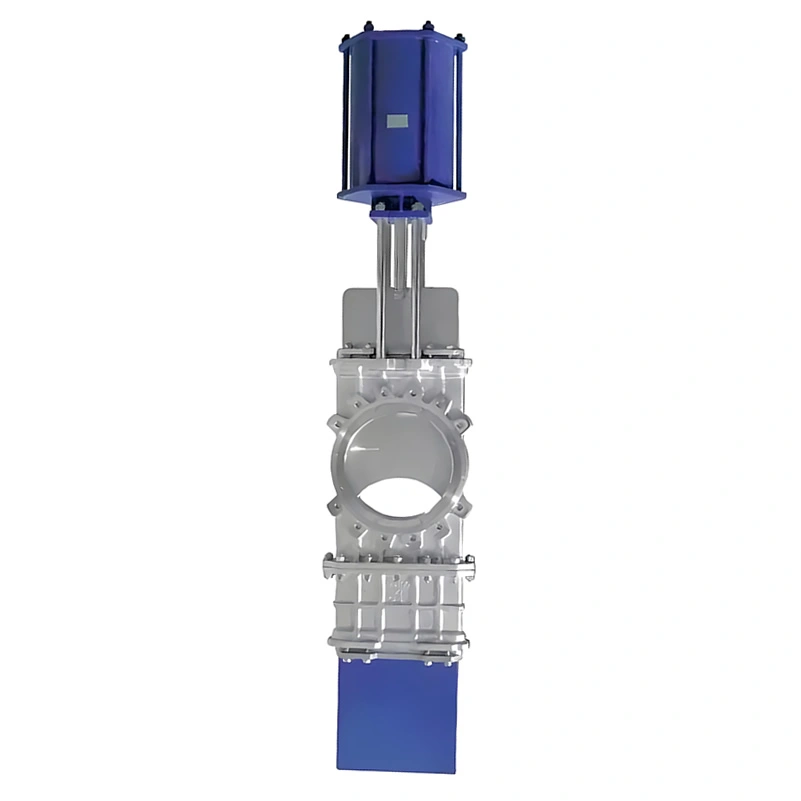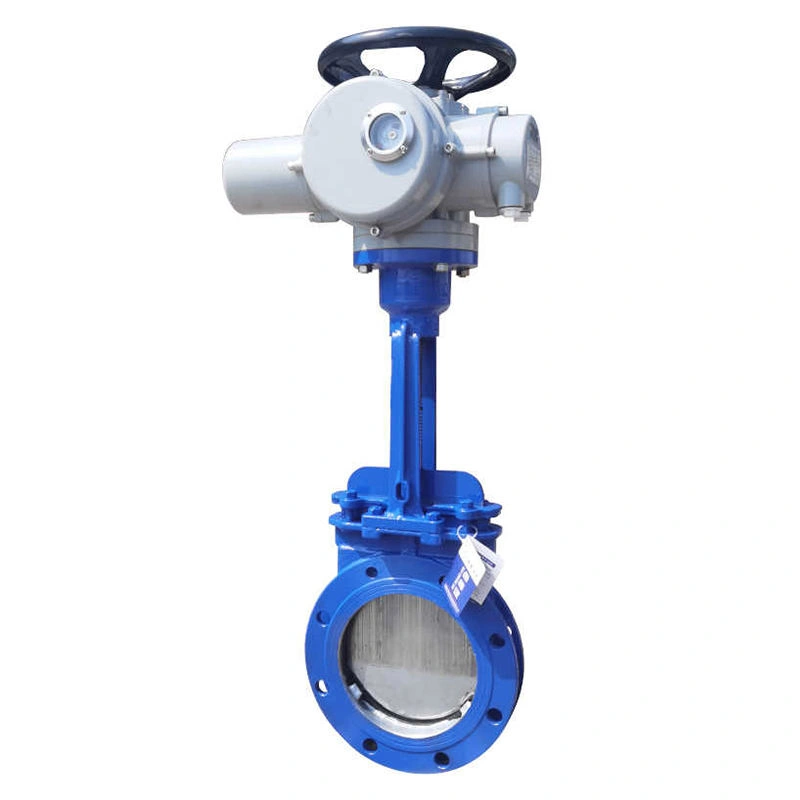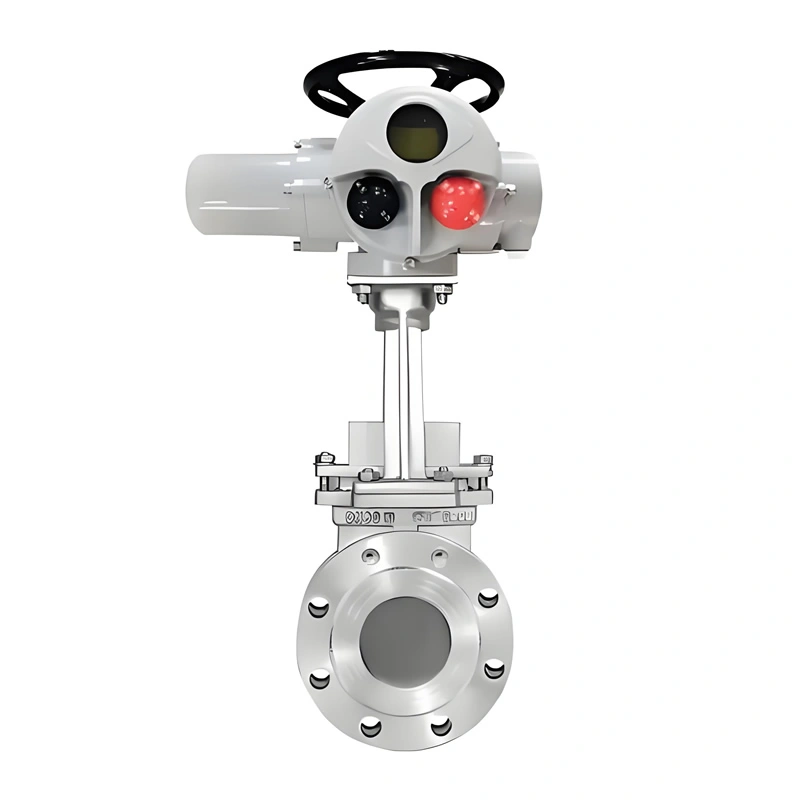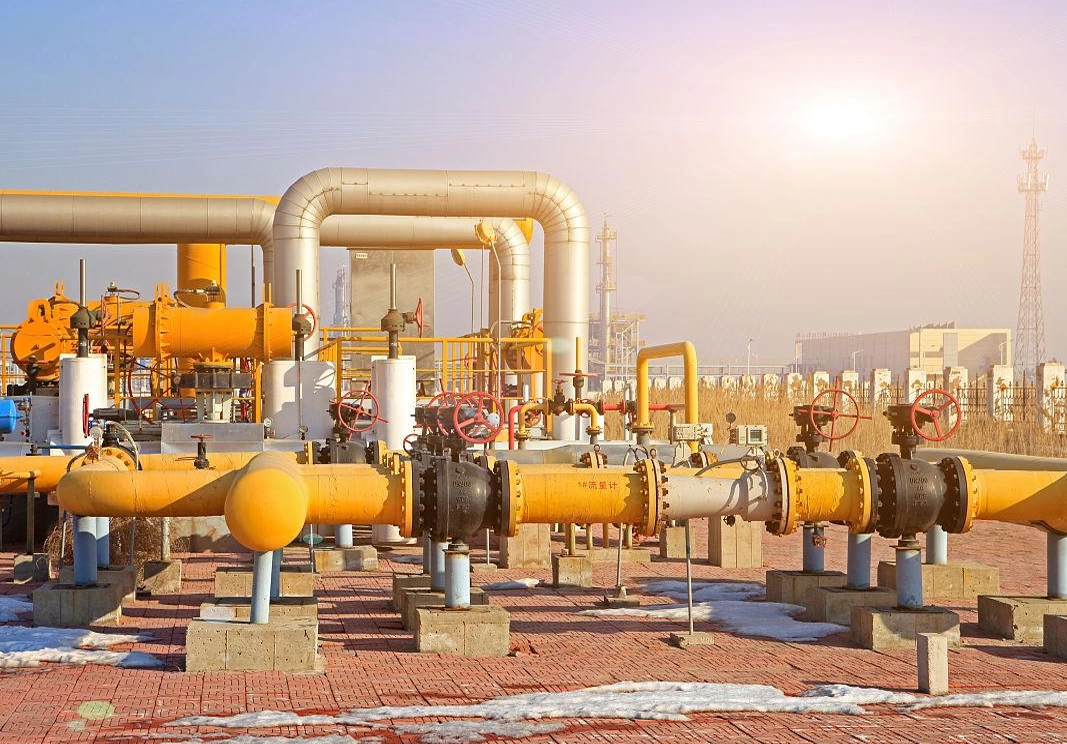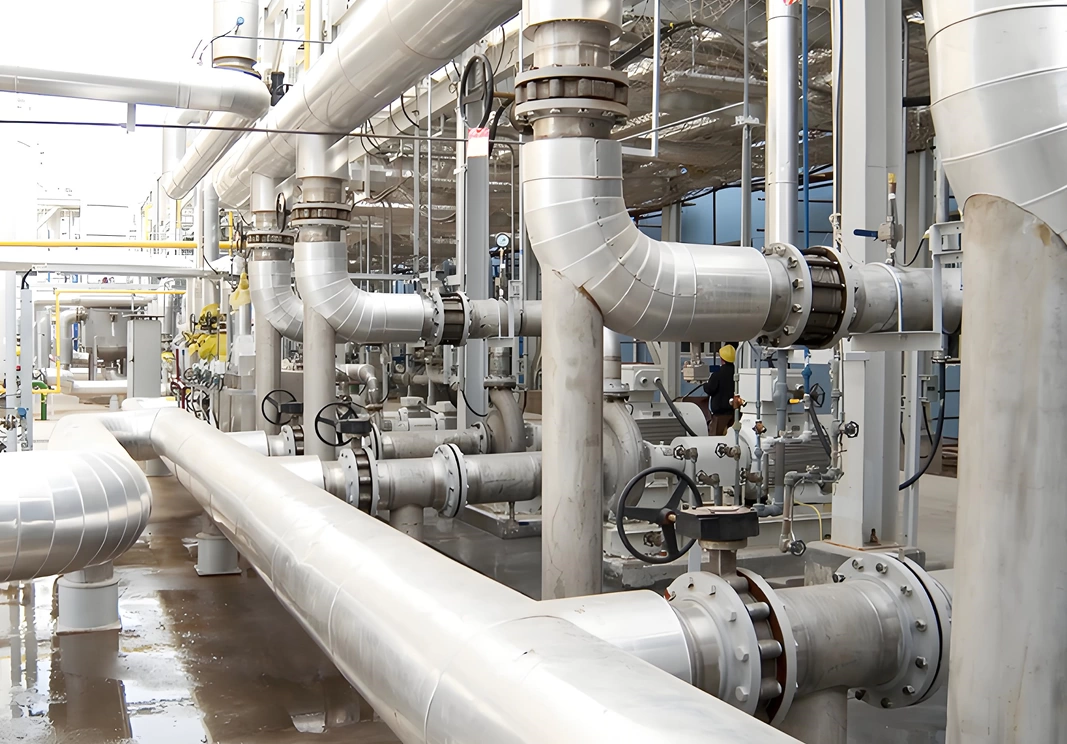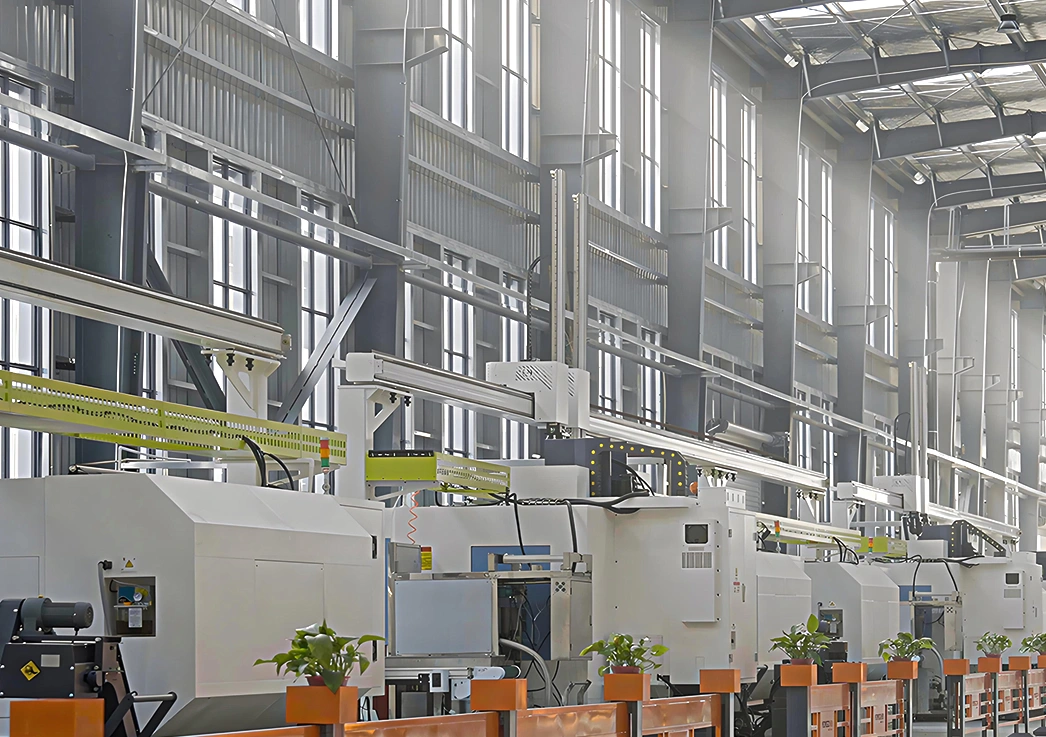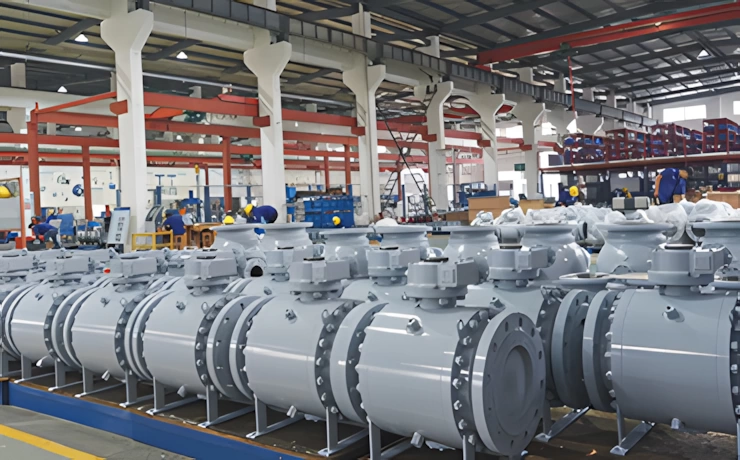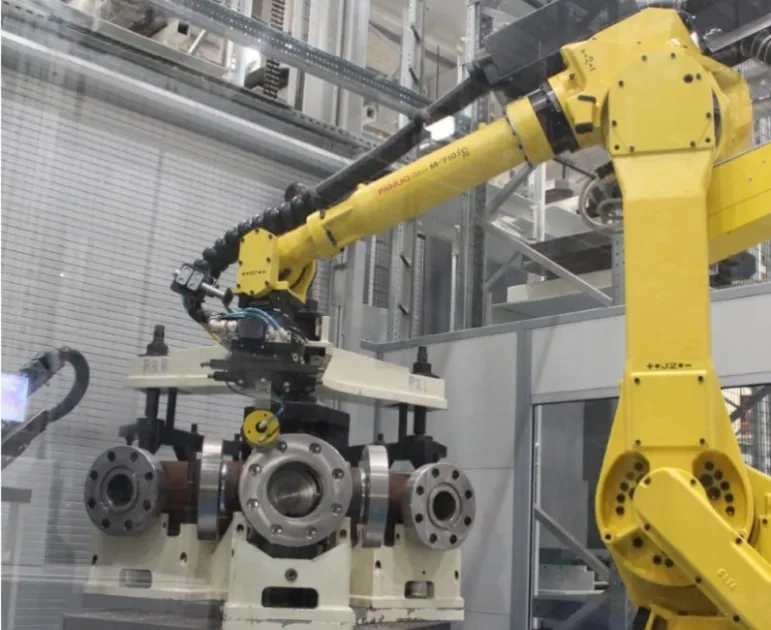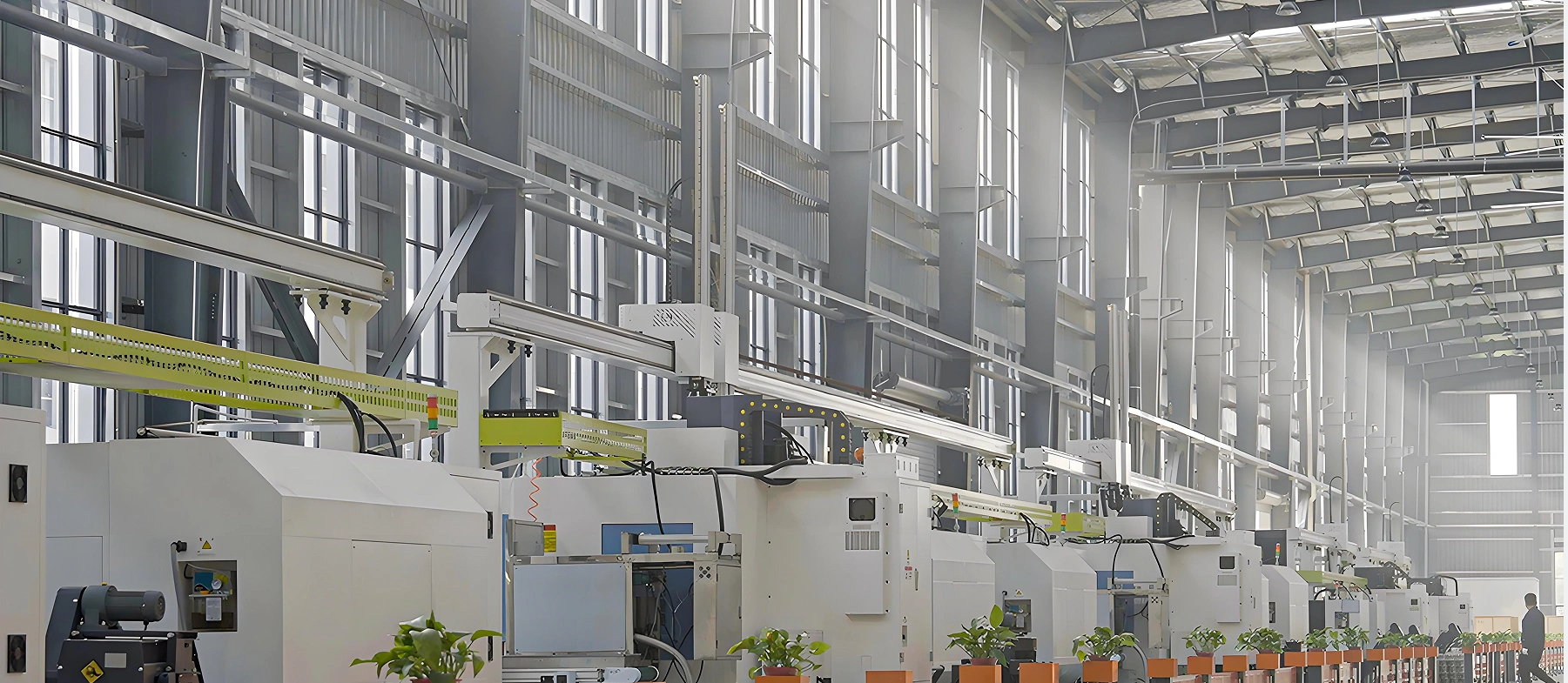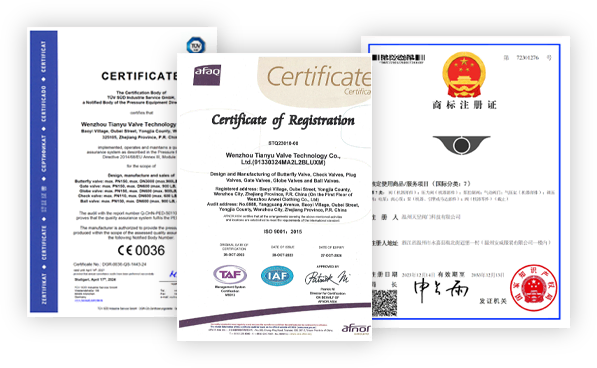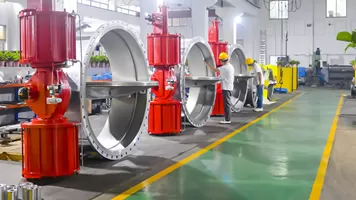The defining feature of TIANYU’s heavy-duty knife gate valve is its sharp, precision-ground blade gate, engineered to address the biggest challenge of solid-laden media: clogging. Unlike standard gate valves with flat gates that can trap particles, the knife gate’s tapered, sharpened edge cuts through fibers (e.g., pulp in paper mills), sediments (e.g., wastewater sludge), and granular solids (e.g., mining tailings), ensuring smooth opening and closing without jamming.
In mining applications handling tailings with 30–40% solid content, the knife gate’s cutting action prevents particle buildup in the valve body, reducing unplanned downtime by 80% compared to standard gate valves. The blade’s hardness (≥45 HRC for stainless steel, ≥58 HRC for Stellite 6) ensures it maintains its sharp edge even after thousands of cycles, avoiding dulling that leads to inefficient cutting and clogging.
Built for heavy-duty industrial use, the valve’s robust construction withstands impact, vibration, and abrasion—common in mining, metallurgy, and construction sites:
- Thickened Valve Body: WCB/cast steel bodies feature reinforced walls (≥25mm for DN300 PN25) to resist external impact and internal pressure from high-density media. In construction aggregate plants, the thickened body has survived accidental impacts from heavy machinery without deformation.
- Wear-Resistant Components: Stellite 6 surfacing and tungsten carbide coatings on the blade and seat reduce wear by 70% compared to uncoated steel, extending service life from 2–3 years to 8–10 years in abrasive slurry applications.
- Corrosion Resistance: 304/316 stainless steel and epoxy coating protect against rust and chemical corrosion, making the valve suitable for coastal mining operations (seawater exposure) and chemical plants (corrosive slurries).
TIANYU offers three sealing solutions to match diverse media conditions, ensuring optimal performance across industries:
- Metal Hard Seal (Stellite 6): Ideal for highly abrasive, high-temperature media (e.g., coal ash, mining tailings, molten sulfur). Stellite 6’s extreme hardness and chemical inertness prevent seal wear and leakage, maintaining ANSI Class IV performance even after 10,000+ cycles.
- Reinforced PTFE Soft Seal: For clean, non-abrasive media (e.g., viscous oils, food-grade slurries without particles), delivering bubble-tight ANSI Class VI sealing. PTFE’s chemical inertness resists acids, alkalis, and organic solvents, making it suitable for pharmaceutical and food processing applications.
- Urethane Seal: Balances flexibility and abrasion resistance for general slurry applications (e.g., wastewater sludge, agricultural fertilizers). Urethane’s elasticity compensates for minor blade wear, maintaining sealing integrity while resisting particle abrasion.
The valve’s diverse operation options cater to different project requirements, from remote, low-frequency use to automated, high-cycle systems:
- Manual Operation: Cost-effective for small diameters and remote locations (e.g., rural mining sites without power), with ergonomic handwheels ensuring easy operation.
- Gear-Assisted Operation: Reduces torque for medium-to-large diameters, enabling single-person control of DN800 valves—critical for industrial facilities with limited labor resources.
- Pneumatic Automation: Ideal for high-frequency operation (e.g., wastewater treatment plants with hourly cycle requirements), with spring-return actuators providing fail-safe protection (e.g., closing the valve during air supply loss to prevent media overflow).
- Electric Automation: Enables remote monitoring and control via SCADA/DCS systems (e.g., large-scale mining operations with centralized control rooms), with 4–20mA signals for precise flow modulation.
The full-port, unobstructed internal design ensures media flows freely through the valve, minimizing pressure drop (≤5% at full open) and preventing particle buildup. In mining tailings pipelines, this reduces pump energy consumption by 20–30% compared to partially ported valves, while the absence of internal cavities eliminates dead zones where solids can accumulate and cause clogging.
For example, a DN500 valve handling iron ore tailings (density 1.8 g/cm³) maintains a pressure drop of only 0.05MPa at full flow, reducing pump load and extending pump life. The smooth internal surfaces (Ra ≤1.6μm) also prevent media adhesion, further reducing maintenance needs.
- Raw Material Verification: All materials undergo rigorous testing to ensure compliance with standards:
- WCB/cast steel billets are tested via spectral analysis (ASTM A216) to confirm chemical composition (C: 0.25–0.35% for WCB) and ultrasonic testing (UT) to detect internal defects (porosity, cracks).
- 304/316 stainless steel plates are verified via positive material identification (PMI) to confirm chromium (17–19% for 304) and nickel (8–11% for 304) content, ensuring corrosion resistance.
- Stellite 6 and tungsten carbide coatings are tested for thickness (1.5–2.0mm) and hardness (≥58 HRC for Stellite 6) via hardness testing and X-ray fluorescence (XRF) analysis.
- Surface Preparation:
- Cast components (body, bonnet) are sandblasted (ISO 8501-1) to remove scale and surface defects, improving paint adhesion and corrosion resistance.
- Valve stems are heat-treated (quenching and tempering) to enhance strength, then polished to a surface roughness of Ra ≤0.4μm to reduce friction with packing.
- Blade gates are precision-ground to a sharp edge (taper angle 5°–10°) and surface roughness of Ra ≤0.8μm for optimal cutting and sealing.
- Valve Body & Bonnet: CNC turning and milling centers shape the body and bonnet, with internal flow paths machined to full-port dimensions (no obstructions). Flange faces are machined to flatness tolerance ≤0.05mm/m (ASME B16.5) and surface finish Ra ≤3.2μm for proper gasket seating. Seat pockets are honed to a diameter tolerance of H7 (0–+0.03mm) to ensure uniform contact with the blade.
- Knife Gate (Blade): The blade is CNC-machined from stainless steel/alloy steel, with a sharpened edge formed via precision grinding. For Stellite 6-equipped blades, TIG welding (ASTM A312) applies the alloy to the cutting edge, followed by grinding to a uniform thickness. Tungsten carbide coatings are applied via high-velocity oxygen fuel (HVOF) spraying, ensuring adhesion and uniform thickness.
- Valve Stem: Threading (trapezoidal, ISO 2904) is performed via thread rolling for wear resistance, with a thread pitch optimized for smooth operation. The stem’s upper end is machined to fit the handwheel/actuator coupling, ensuring secure torque transmission.
- Seat Components: Metal seats are CNC-machined from Stellite 6 or alloy steel, then lapped to a surface roughness of Ra ≤0.4μm to match the blade’s finish. PTFE/urethane seals are precision-cut to fit the seat profile, with retaining rings to prevent displacement during operation.
- Blade & Stem Assembly: The blade is attached to the stem via a keyway and cotter pin (ISO 8750), ensuring secure torque transmission. The assembly is tested for axial runout (≤0.05mm) to prevent binding during operation.
- Seal Installation: Metal seats are press-fitted into the valve body, with spring-loading to compensate for thermal expansion and wear. PTFE/urethane seals are installed with retaining rings, ensuring uniform compression against the blade.
- Operation Component Integration: Handwheels, gear operators, or actuators are mounted to the valve via ISO 5211 adapter flanges. Gear operators are lubricated with synthetic grease (temperature range -20℃ to 150℃) to reduce friction. Pneumatic/electric actuators are calibrated to match the valve’s torque requirements (e.g., 5000N·m for DN1200 PN25).
- Final Alignment: The blade is adjusted to ensure 0.1–0.2mm preload against the seat, and the stem’s verticality is verified to ≤0.05mm/m to avoid binding.
- Hydrostatic Testing:
- Shell Test: The valve body is filled with water and pressurized to 1.5×rated pressure (e.g., 3.75MPa for PN25) for 30 minutes (API 598). No leakage, sweating, or deformation is allowed—test results are documented in a hydrostatic test report.
- Seat Test: The valve is closed, and water is pressurized to 1.1×rated pressure (e.g., 2.75MPa for PN25) on the inlet side. Leakage is measured via a flow meter: ≤0.01% of rated flow for metal seals (ANSI Class IV) and ≤0.1×DN mm³/min for soft seals (ANSI Class VI).
- Operational Testing:
- The valve undergoes 100 open-close cycles to verify smooth operation, with torque measured at each cycle (variation ≤5%). Gear-assisted and automated valves are tested for cycle time and torque consistency.
- Blade cutting performance is tested with simulated media (e.g., fiber-rich slurry, granular solids) to ensure no jamming or dulling.
- Non-Destructive Testing (NDT):
- Cast components are inspected via magnetic particle testing (MPI, ASTM E709) to detect surface cracks.
- Welded components (Stellite 6 coatings) are inspected via liquid penetrant testing (PT, ASTM E165) to ensure no weld defects.
- Certification Documentation: Each valve is accompanied by a Material Test Report (MTR), hydrostatic test report, and compliance certificates (ISO 9001, CE, API 600 if applicable).





